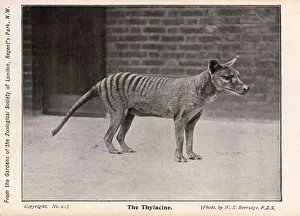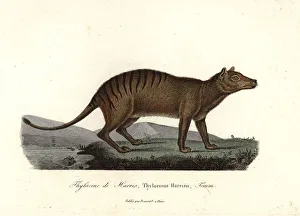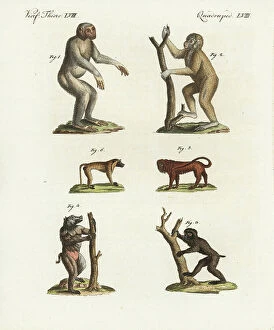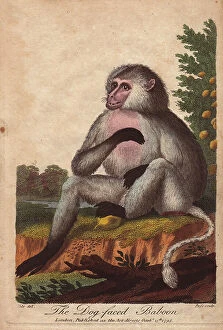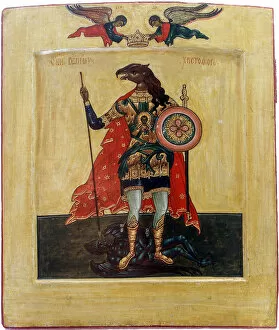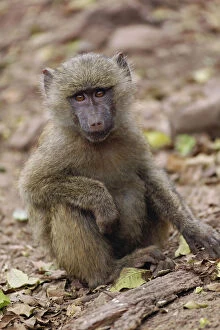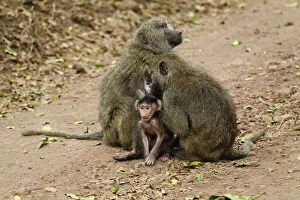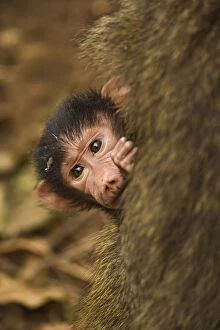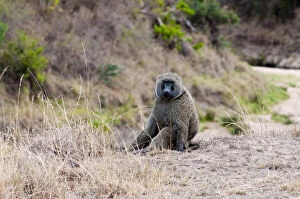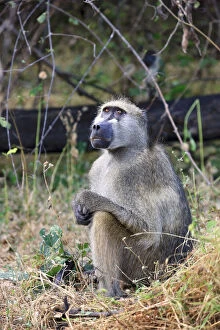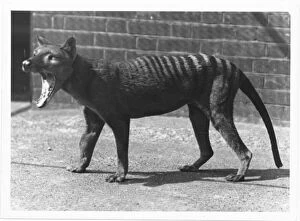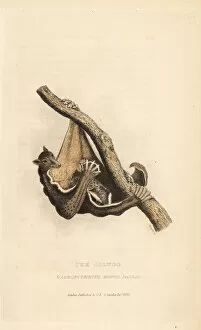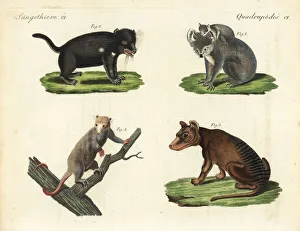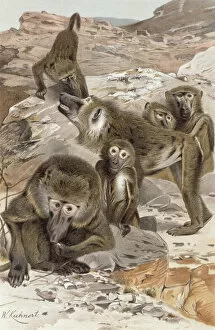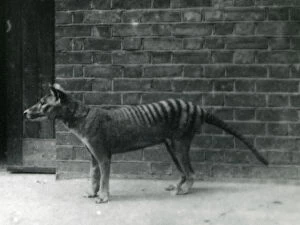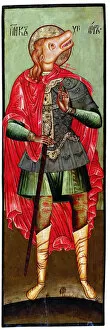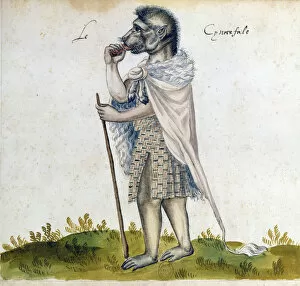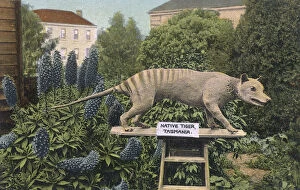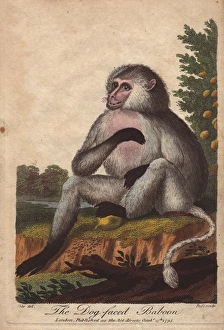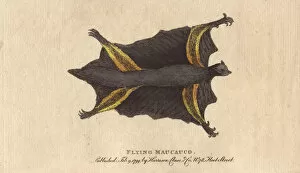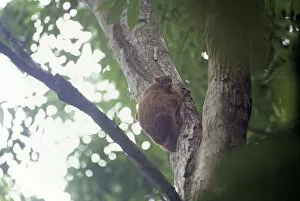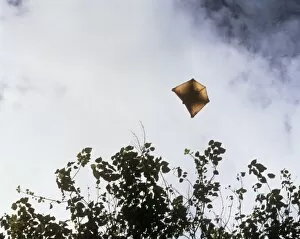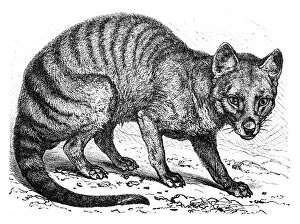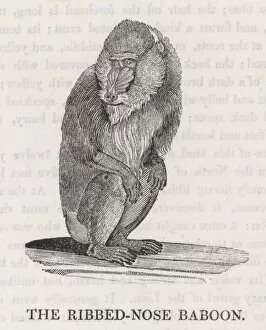Cynocephalus Collection
The Tasmanian Tiger, scientifically known as Thylacine or Thylacinus cynocephalus, was a fascinating creature that tragically became extinct
All Professionally Made to Order for Quick Shipping
The Tasmanian Tiger, scientifically known as Thylacine or Thylacinus cynocephalus, was a fascinating creature that tragically became extinct. Its unique appearance and mysterious nature have captivated the world for decades. Once abundant in Tasmania, Australia, this enigmatic marsupial possessed some dog-like characteristics, earning it the name "cynocephalus, " meaning "dog-headed. " However, its resemblance to canines ended there. With its sandy-colored fur and distinct dark stripes across its back and tail resembling those of a tiger, the Thylacine stood out among other animals. It had a slim body structure with powerful hind legs that allowed it to move swiftly through its natural habitat. Regrettably, due to factors such as hunting by humans and loss of habitat during European colonization in the 19th century, their population rapidly declined. The last known individual died in captivity at Hobart Zoo on September 7th, 1936. Photographs from that era serve as bittersweet reminders of this magnificent creature's existence. One particular image captured in 1914 showcases a solitary Thylacine standing against an aged backdrop - an iconic black-and-white testament to what once roamed our planet. Efforts have been made by scientists and conservationists alike to revive this species using preserved DNA samples from museum specimens like DDE-90022175 or DDE-90022174. Despite these endeavors being challenging due to limited genetic material available (DDE-90022173), hope remains alive (DDE-90022167). As we reflect upon the tragic fate of the Tasmanian Tiger (DDE-90020388) today (DDE-90020216), let us remember how crucial it is to protect our planet's biodiversity (DDE-90020072). May we learn from past mistakes so that no more creatures face extinction under our watch (DDE-90020071).

